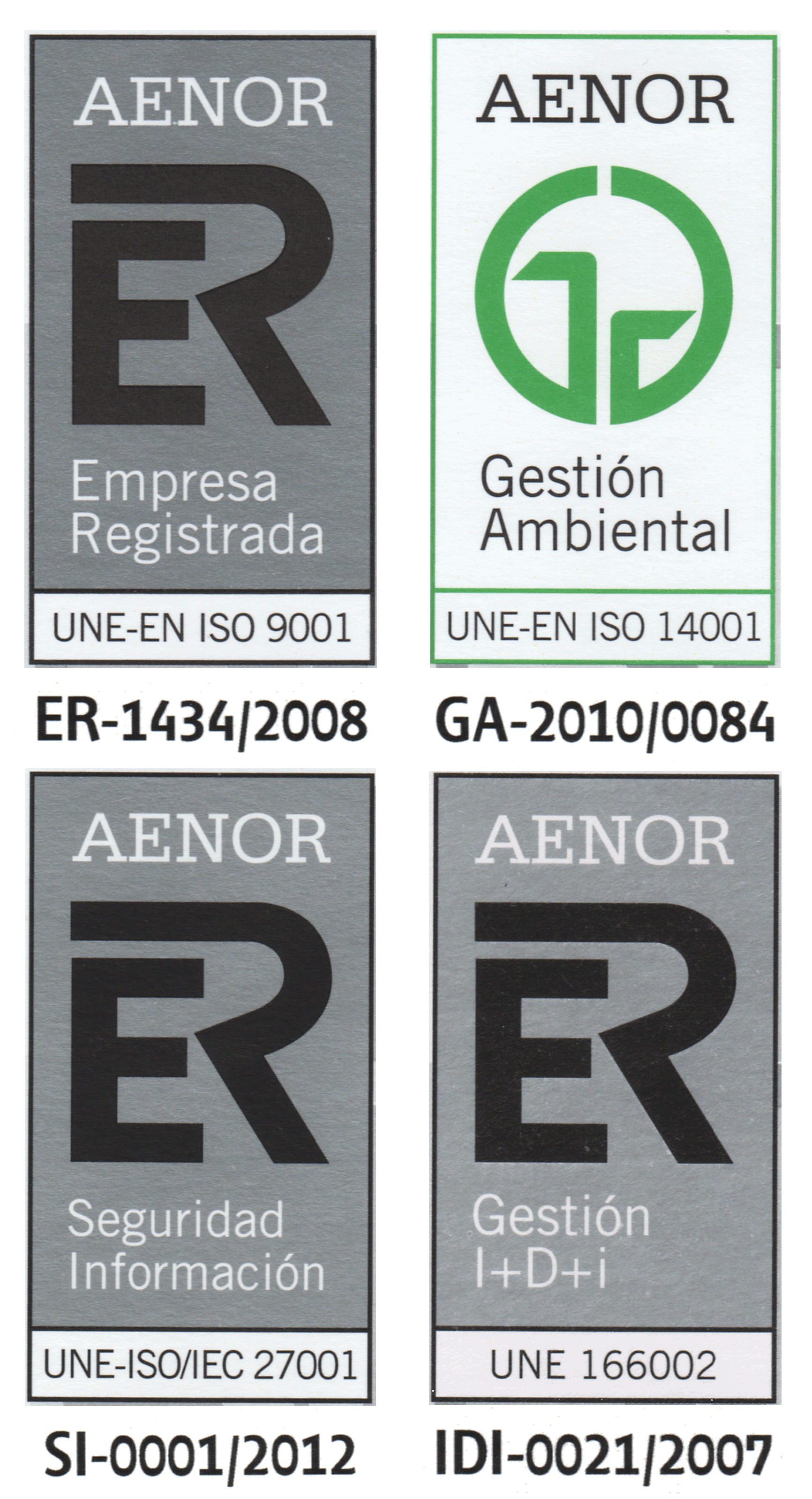Spiking neural P systems with structural plasticity
| Title | Spiking neural P systems with structural plasticity |
| Publication Type | Journal Papers |
| Year of Publication | 2015 |
| Authors | Cabarle, F. G. C., Adorna H. N., Pérez-Jiménez M. J., & Song T. |
| Journal Title | Neural Computing and Applications |
| Publisher | Springer |
| Place Published | Amsterdam (The Netherlands) |
| Volume | 26 |
| Pages | 1905-1917 |
| Date Published | 11 |
| Abstract | Spiking neural P (SNP) systems are a class of parallel, distributed, and nondeterministic computing models inspired by the spiking of biological neurons. In this work, the biological feature known as structural plasticity is introduced in the framework of SNP systems. Structural plasticity refers to synapse creation and deletion, thus changing the synapse graph. The “programming” therefore of a brain-like model, the SNP system with structural plasticity (SNPSP system), is based on how neurons connect to each other. SNPSP systems are also a partial answer to an open question on SNP systems with dynamism only for synapses. For both the accepting and generative modes, we prove that SNPSP systems are universal. Modifying SNPSP systems semantics, we introduce the spike saving mode and prove that universality is maintained. In saving mode, however, a deadlock state can arise, and we prove that reaching such a state is undecidable. Lastly, we provide one technique in order to use structural plasticity to solve a hard problem: a constant time, nondeterministic, and semi-uniform solution to the NP-complete problem Subset Sum. |
| Keywords | computational universality, Deadlock, Membrane computing, spiking neural P systems, Structural plasticity, Subset Sum, Undecidability |
| URL | http://link.springer.com/article/10.1007%2Fs00521-015-1857-4 |
| Issue | 8 |
| ISSN Number | 0941-0643 |
| DOI | doi: 10.1007/s00521-015-1857-4 |



